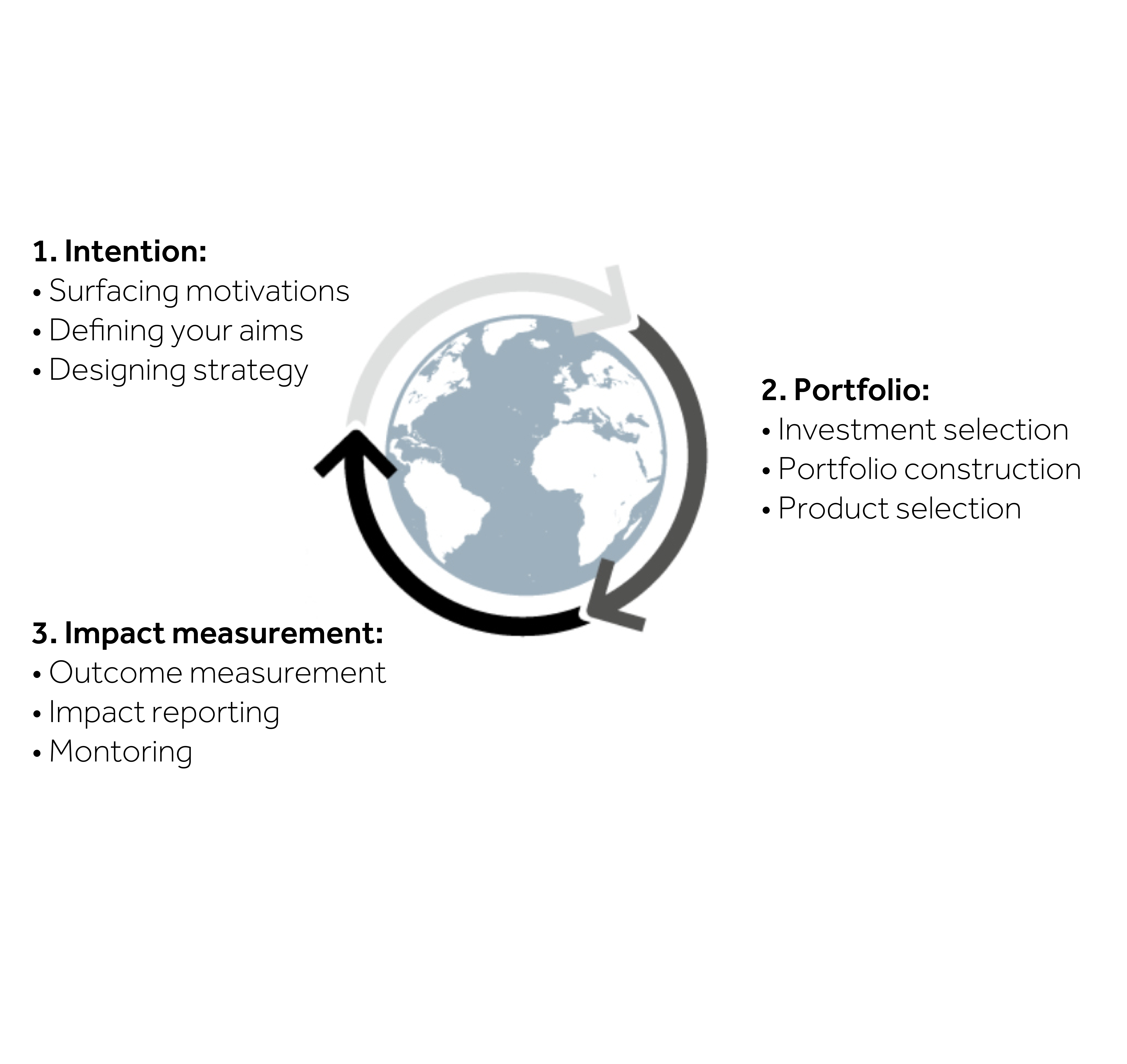Last November, the United Nation’s COP26 summit brought much needed global focus to climate change. During that period, heeding the UN Secretary-General’s signal that we face a “code red for humanity”, many investors may have decided to change how they behave, and the way in which they invest their portfolios this year.
Since then, and perhaps unsurprisingly, global attention on climate change issues has waned. However, like countless new year resolutions, many investors might have found that starting to invest in a climate-friendly manner can be difficult.
Climate change, however, doesn’t procrastinate. The World Meteorological Organization (WMO) declared in January that 2021 was one of the planet’s seven hottest years since records began. And as the economy rebounds from its pandemic lockdowns, greenhouse gas emissions are accelerating again.
How do I get started?
Recognising the desire and the hurdles, more investors want help on making their portfolio more climate-ready.
The journey will be unique for each investor and their circumstances. But we’ve provided a three-stage overview: 1) establish your intentions, 2) take actions with your portfolio, and finally, 3) measure and manage the impact of the results on your investments.
For each, there’s a dedicated article and here an overview of the process, together with ideas on starting the conversation with your family and your advisors.
Set your intentions and portfolio strategy
Take portfolio action
With a written climate ambition and investment strategy agreed with family or stakeholders, it’s time to think about your holdings, future investment selection, and holistic implementation.
A good start is to review your portfolio against your climate ambition – using it as a guide to help categorise, and make decisions, and plans, for the existing investments.
It’s worthwhile considering the portfolio’s climate impact through one of a variety of metrics and approaches. The aim here is not to be precise, but to understand the climate risks and opportunities that face your portfolio. For example, as new industries are brought within the EU carbon market system, what may be the implications for your holdings in these sectors?
This also helps inform the decisions around future positions in the portfolio. There is an increasingly wide range of climate-related investments, providing ways for investors to create a more sustainable portfolio. Looking for green substitutes for familiar investment types is a good way to get started. It can also help reluctant family members or stakeholders see the transition as steps instead of leaps.
Finally, an important caveat is that the decisions need to be taken in the context of wider family or financial circumstances, as well as the nature of the investments.
To find out more about taking these actions, you can turn to our article How to turn your climate ambition into portfolio action in October.
Manage your portfolio’s climate impact
Finally, it’s valuable to know where you are in relation to your climate ambitions, and be able to take further, informed steps on what to do next.
Our article How to manage your portfolio’s climate impact outlines how you can quantify, and act on, How to manage your portfolio’s climate impact outlines how you can quantify, and act on, the impact your portfolio is, and would be, making to the global warming.
Here you’ll want to understand the climate metrics available, about how global warming is impacting your portfolio, and how your portfolio is affecting the climate. Then, by assessing the data and reporting for your investments, this can inform your views of current and potential holdings.
It is then up to you to manage the climate risks and opportunities available more actively, various options are available to help you accomplish this. For example, reducing carbon exposure, voting and engagement, or investing in solutions.
In total, this is the role of impact management – the measurement, reporting, and monitoring of your portfolio’s impact – to locate your portfolio on the journey and inform your course corrections.
Taking the first step
Constructing or changing an existing large and diverse portfolio, to account for the risks and opportunities of climate change, might feel like a major undertaking. But it doesn’t have to be.
This article provides an overall approach, and is supported by others that include more detail about each part of this process. As ever, taking professional advice for your particular situation will always be beneficial.
Even if we start acting with more urgency, we will experience more effects from climate change for years to come. This means that investors need to adjust their portfolios in preparation.
Moreover, private wealth holders with any green ambitions should be seeking to invest to help mitigate and adapt to climate change. There is no better time to start this journey than today.


